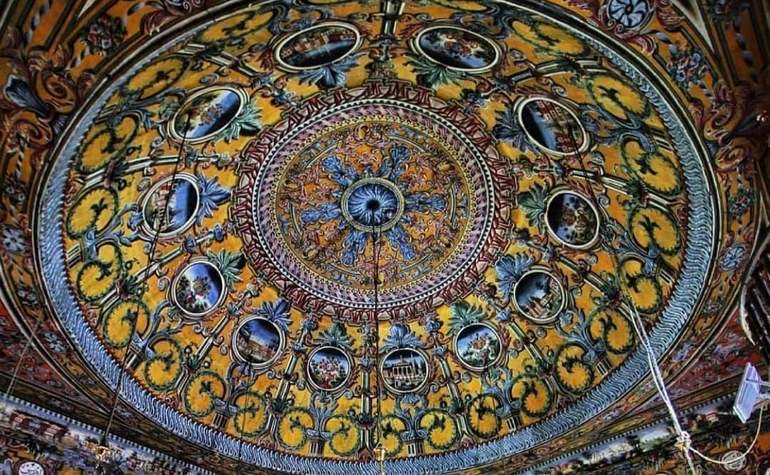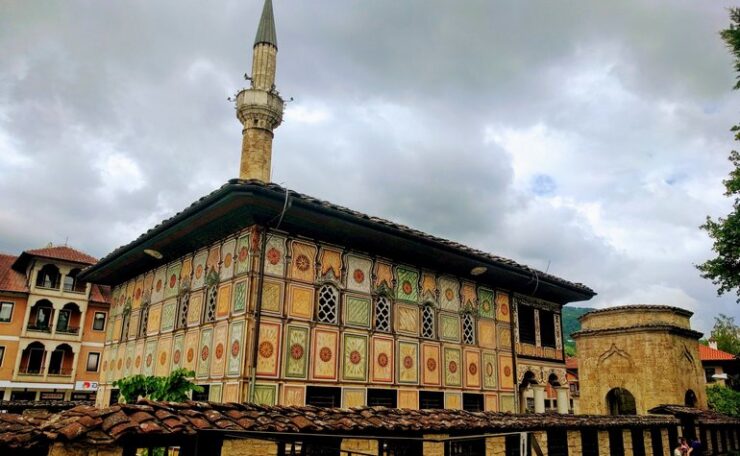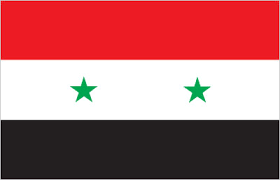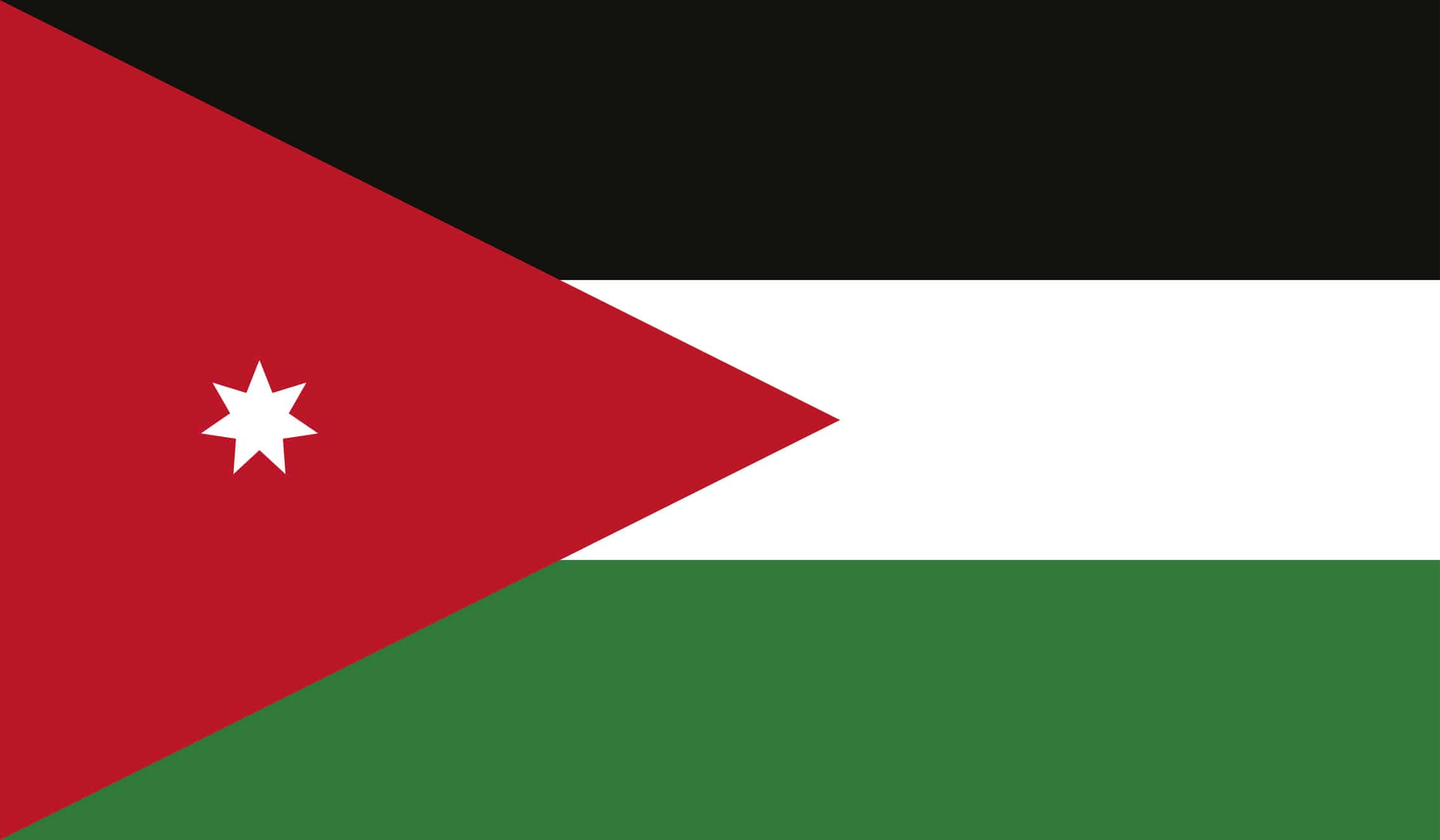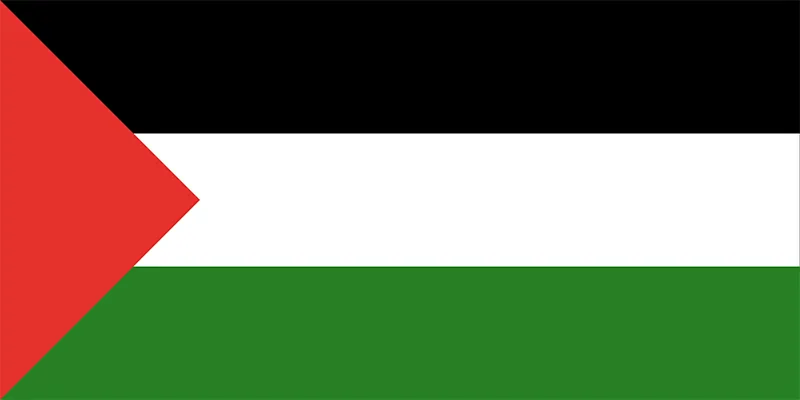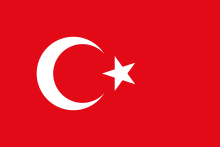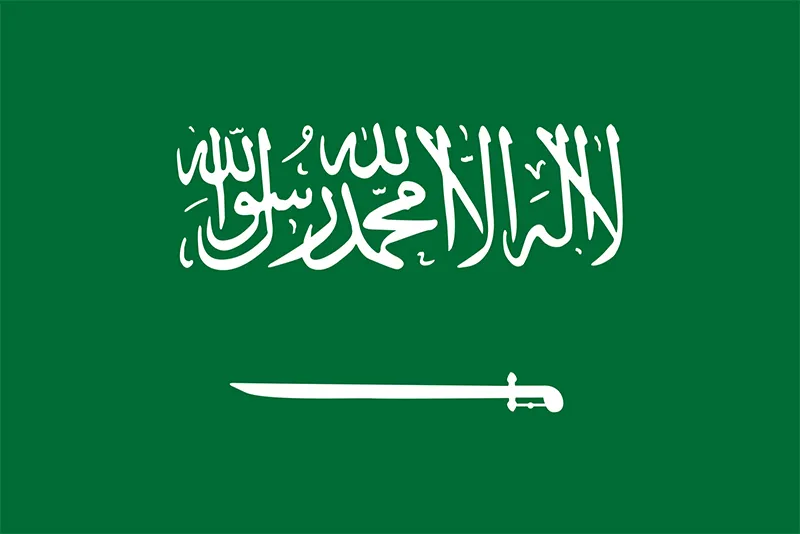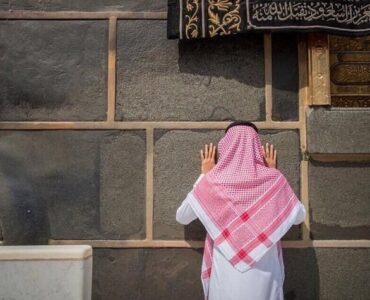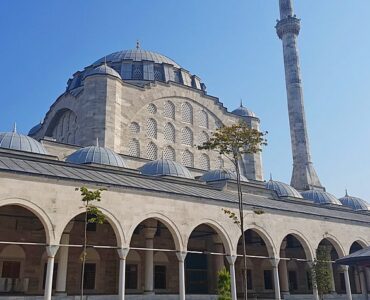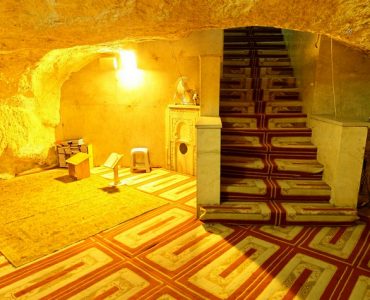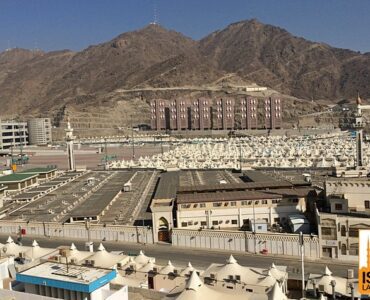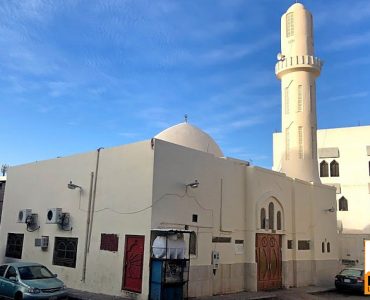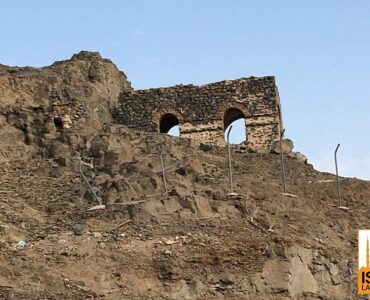Šarena Džamija, or Alaca Cami means ‘Decorated Mosque’ or ‘Painted Mosque’ in English, is a mosque located near the Pena River in Tetovo, North Macedonia. The mosque was originally built in 1438 and later rebuilt in 1833 by Abdurrahman Pasha.
Architect and financing
- The architect behind the Painted Mosque was Isak Bey.
- Most mosques of the time had sultans, beys or pashas financing their constructions, but this mosque was financed by two sisters from Tetovo. A hammam was built nearby across the river.
- Abdurrahman Pasha, a great enthusiast of art who was fond of Tetovo, reconstructed the Šarena Džamija in 1833.
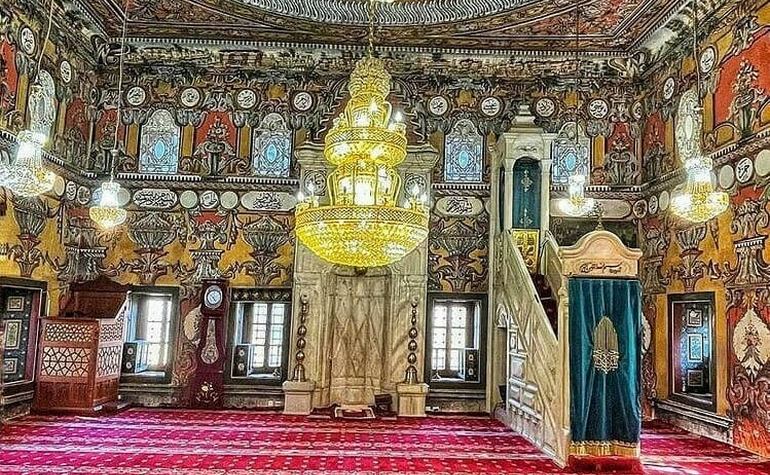

The ‘Painted Mosque’ complex
- The courtyard of the mosque is filled with many flowers, a fountain, and a Türbe. The octagonal “türbe” houses the resting places of Hurshida and Mensure, the two sisters who financed the construction of the mosque in 1438.
- In 1991, the Islamic Community in Tetovo built walls around the mosque in the typical classical Ottoman style.
- In 2010, a renovation of the exterior paintings was completed and, with a €94,700 grant from the United States State Department, the façade was reconstructed and preserved in 2011.
- There is a Madressa (religious school) within the complex of the Painted Mosque.
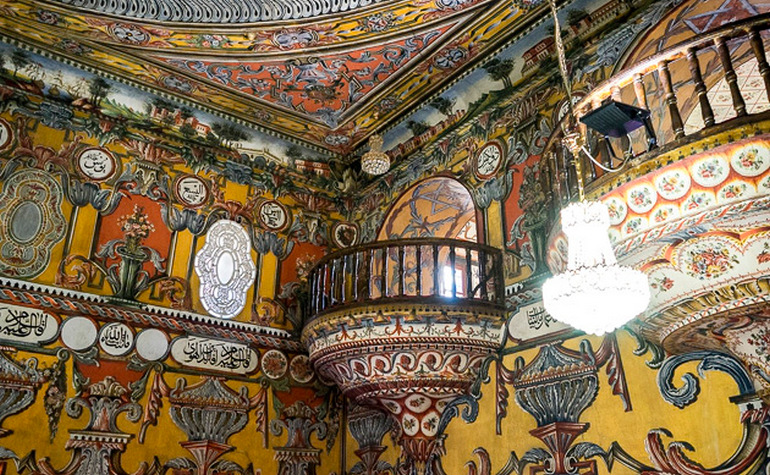

Decoration features
- Unlike the traditional Ottoman ceramic tile decorations in mosques, the Šarena Džamija has bright floral paintings.
- More than 30kg eggs were used to prepare the paint and glaze that went into the elaborate decorations. Another major difference between the Painted Mosque and other Ottoman mosques is that it does not have a distinctive exterior dome.
- The distinguishing feature of the mosque is its painted decorations. Abdurrahman Pasha commissioned, for this purpose, masters from Debar who painted the ornamentation with oil paints. Among the pictorial decorations, especially attractive is the depiction of Makkah.
